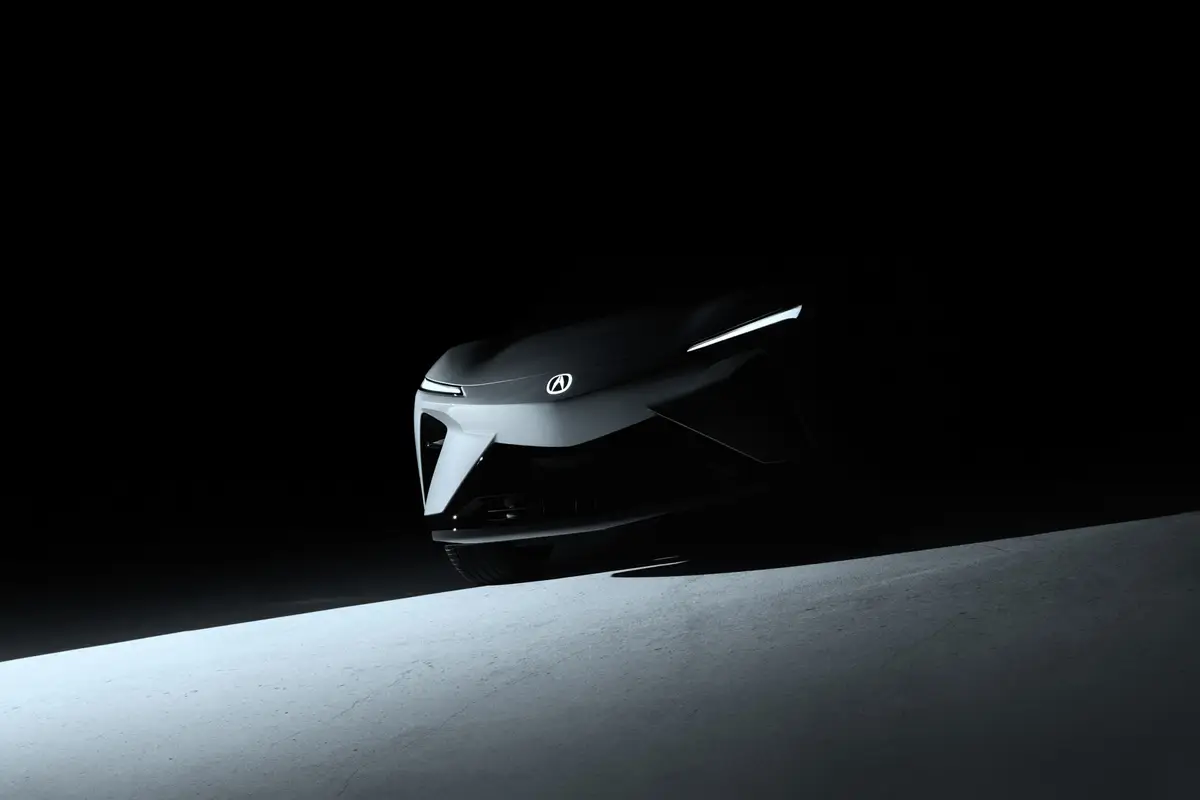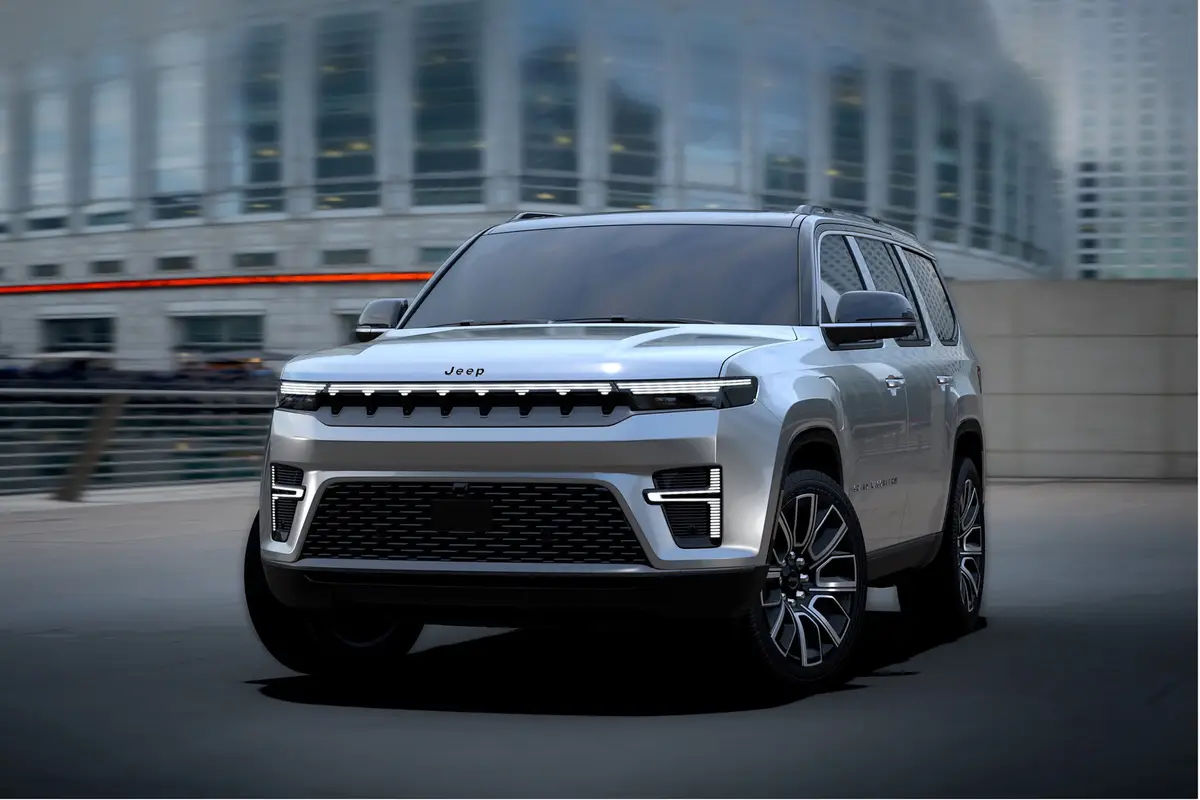Boston.com's view
The Saturn model line is to drivers what sensible shoes are to mall stalkers.
These are practical, comfortable, affordable vehicles. No flash, no effort at a fun factor, no hint of daring speed or rugged offroading.
Call the 2002 Saturn Vue, this General Motors division’s first SUV, an honest SUV. That’s honest because it does not even pretend to be able to go where few SUVs ever go – deep into the heart of offroad darkness. And call it, instead of a sport utility vehicle, a suburban utility vehicle because that is what it is.
It will haul the family and the pets, the outdoor gear, the 8-foot two-by-fours for that building project, and it will get you to the ski house or fishing camp over slippery roads. And it’s not a minivan.
If Saturn, which is struggling to reclaim its almost cult-like popularity with a broad band of customers, has made any mistake in developing the Vue, it is that it took too long. They were beaten to the punch by the similar-sized (all slightly smaller) Honda CR-V, Toyota RAV4, and Ford Escape/Mazda Tribute. Further, its introduction comes at a time when a new wave of vehicles, called crossovers, offers the best of SUV attributes combined with the more car-like feel of the old family station wagon.
At least Saturn can claim it is offering the first continuously variable transmission in an SUV.
There’s no need to kick the tires to get a sense of what this car is all about. All you have to do is firmly apply a finger to a door panel and watch the temporary indentation it makes to know you’re dealing with a Saturn. That’s because of the trademark thermoplastic side panels that wrap the Vue (roof, hood, and rear gate are steel). The thermoplastic is great for avoiding the dings of parking lot yahoos or the runaway shopping cart. Its only downside is that, because plastic expands in the heat, large gaps have to be left at joints and doors. Several times I thought I had not fully closed a rear door and went back to reshut it, only to find the gap had tricked me.
Inside, the ergonomics are solidly practical. Analog speedometer and tachometer feature big, white on black gauges and a center pod, which flows from the dash, down to the floor and toward the front seats, holds easy-to-find controls for audio, climate, windows, and shifting.
With running gear all stored low (good for stability), the Saturn’s entire floor is flat, making for easy movement throughout the car. Headroom is ample. The rear seats fold flat, as does the front passenger seat (that’s how you get those two-by-four-by-eights in there and still close the rear gate). The seats look like they would be more comfortable than they are. The bolsters look firm, but aren’t; the seat bases look supportive, but are soft behind the knees.
The Vue comes with either a 2.2 liter four- or 3.0 liter six-cylinder engine (as tested). Transmission choices include five-speed automatic, five-speed manual, or continuously variable. All V-6s come with the automatic and the CVT – called VTi by Saturn – is available only with the four-cylinder because it could not handle the torque of the V-6.
One very nice touch in the automatic – notched at P, R, I, N, D, and L – is that unfamiliar I-setting. It stands for intermediate and is meant for towing at low speeds. The transmission shifted itself seamlessly, never seeming to search up and down as some automatics will do.
The 181-horsepower V-6 moved the 3,300-lb. Vue with ease, moving it surely in and out of commuter traffic, climbing hills even fully loaded with passengers.
The Vue comes in either front-wheel or all-wheel-drive (all V-6s are AWD). I found it annoying that you cannot lock the car into AWD. Instead, a transfer case sends as much as 57 percent of the torque to the rear wheels when front wheel slippage is detected.
A nice feature – and you’ll see this more and more in the future – is electric assist power steerin. It kicks in at slower speeds to m ke parking and urban crawling easier, but backs off at highway speeds, giving a slightly heavy, but nicely responsive, feel for the driver. The advantage of electric assist steering is that it does not take away from the engine – and fuel economy – to run a pump.
The suspension is a compromise between car and truck, leaning more toward car. It is fully independent, with coil springs all around, struts up front and multilink in the rear.
The tuning is on the soft side. Again, Saturn is not urging you to pound through the heavy woods in this car. That makes for a somewhat loose ride, floating a bit on the highway, rolling slightly in highway lane changes, rolling noticeably in hard, secondary road cornering.
Dual front air bags are standard, ABS, which ought to be mandatory on all cars, is an expensive option at $575.
When a company starts to climb toward the mid-20s in pricing, as Saturn does here, you should not be soaked for ABS (or a ridiculous $70 for floor mats). Adding to the cost of the Vue was a power sunroof ($725), OnStar system ($695), and a radio/CD/cassette package ($220) to replace a standard radio.
Now we’re talking more than $25,000, without any really fancy add-ons, and that would call for some serious comparison shopping.
2002 Saturn VUE
Base price: $22,575
Price as tested: $25,370
Horsepower: 181
Torque: 195 lb.-ft.
Wheelbase: 106.6 inches
Overall length: 181.3 inches
Width: 71.5 inches
Height: 66.5 inches
Curb weight: 3,491 lbs.
Seating: 5 passengers
Fuel economy: 21.8 miles per gallon
SOURCE: General Motors, Saturn Division; fuel economy from Globe testing.
Nice touch
The very low rocker panels. Getting into and out of the Vue is a low-stepping, easy affair.
Annoyance
The cheap black plastic that surrounds what is an otherwise quality control pod at center dash. It is touches such as this that give American manufacturers a reputation for building inferior interiors.
Latest news



